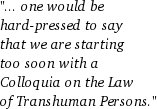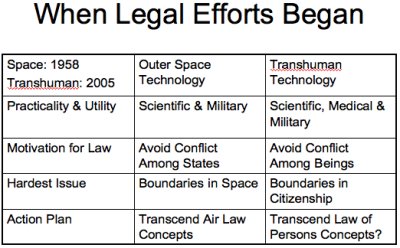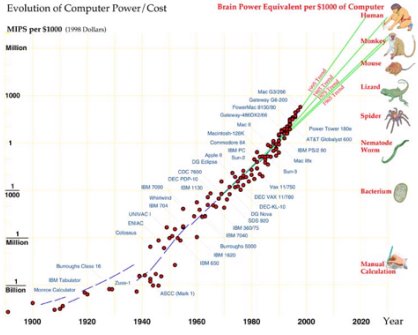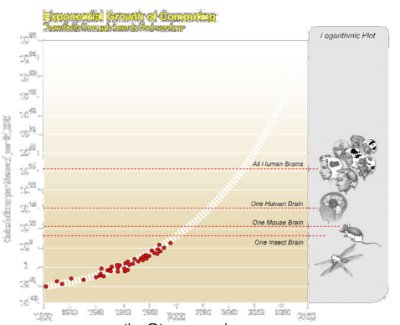Forms of Transhuman Persons and the Importance of Prior Resolution of Relevant Law
Martine Rothblatt, J.D., Ph.D.
page 3 of 5
If anyone asks whether we are starting too early to think about transhuman law, I refer them to the environment in which the first Colloquia on the Law of Outer Space[1] met.
At that time, no animal had even been to orbit. It was just twelve years after Arthur C. Clarke had published his first article proposing  that a satellite in geostationary orbit would be able to broadcast continuously over a portion of the earth’s service. No one had ever thought of that before. He was the first to publish the idea of a wireless world. In his article, he included a picture of a little person inside the satellite, because they could not yet conceive that electronics technology would be sophisticated enough to handle the switching of calls in an unmanned communication satellite.
that a satellite in geostationary orbit would be able to broadcast continuously over a portion of the earth’s service. No one had ever thought of that before. He was the first to publish the idea of a wireless world. In his article, he included a picture of a little person inside the satellite, because they could not yet conceive that electronics technology would be sophisticated enough to handle the switching of calls in an unmanned communication satellite.
The colloquia met twenty years before any spacecraft had caused any earthly damage (the first space object to crash to earth occurred in 1978), so it met well before any real legal issue arose from occupying outer space. Similarly, it may be twenty years into the future before the first artificial intelligence agent causes damage. Nonetheless, one would be hard-pressed to say that we are starting too soon with a Colloquia on the Law of Transhuman Persons.
Image 3 shows a comparison of where we were with outer space technology and where we are with transhuman technology. In each category, we are at comparable point today in transhuman technology to where outer space technology was in 1958.
 Image 3
Image 3
Raymond Kurzweil provided the analysis for Image 4. In it, he shows that we are within twenty years from the point in time when computers will have human-level intelligence.
 Image 4
Image 4
Image 5 is also by Kurzweil and makes the same point; that is, because of the accelerating rate of technology in general, miniaturization in size, speed of processing, and advances in medical technology, we will have even some of the more aggressive concepts of transhuman technology - such as transhuman persons walking around, curious about things - within twenty years.
 Image 5
Image 5
What did the experts conclude about space law in 1958? First, they came to the conclusion that the age-old concept of national sovereignty over air space had to give way to the technological reality of orbital over-flight. Up until the time of the space age, it was thought that a country’s sovereignty went from the core of the earth in a cone out to the cosmos. You did not have the right to fly a balloon or a plane over another country’s space without their permission. Yet when Sputnik orbited the world, the Russians didn’t ask for anybody’s permission. Thus it became clear that it would be ludicrous to ask for permission for orbital over-flight. Technological advancement therefore abolished a fundamental principal of international law and national sovereignty.
Footnote (back to top)
1. The proceedings of the Colloquia on the Law of Outer Space have been published by the AIAA (American Institute of Aeronautics and Astronautics). http://www.aiaa.org (January 23, 2006 4:38 P.M. EST)